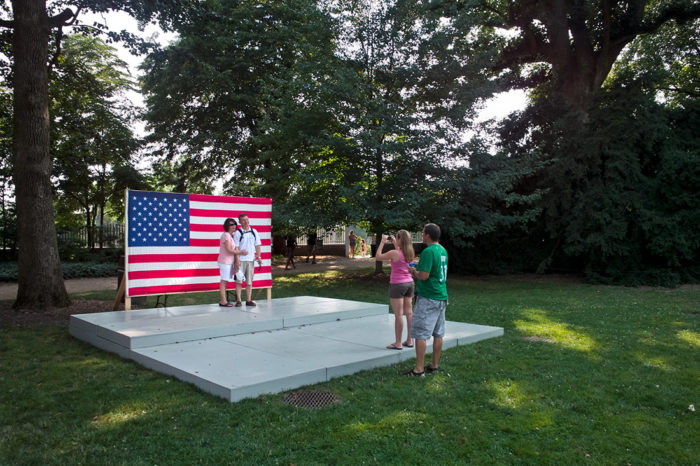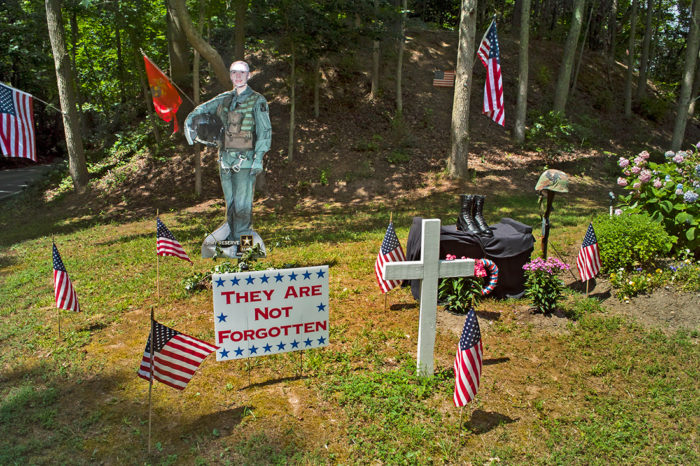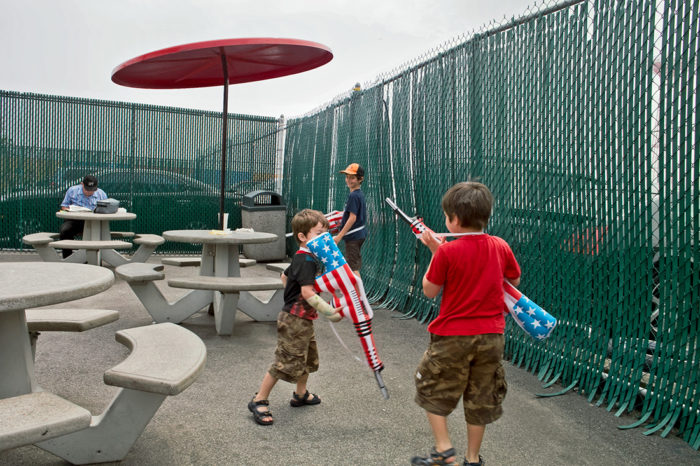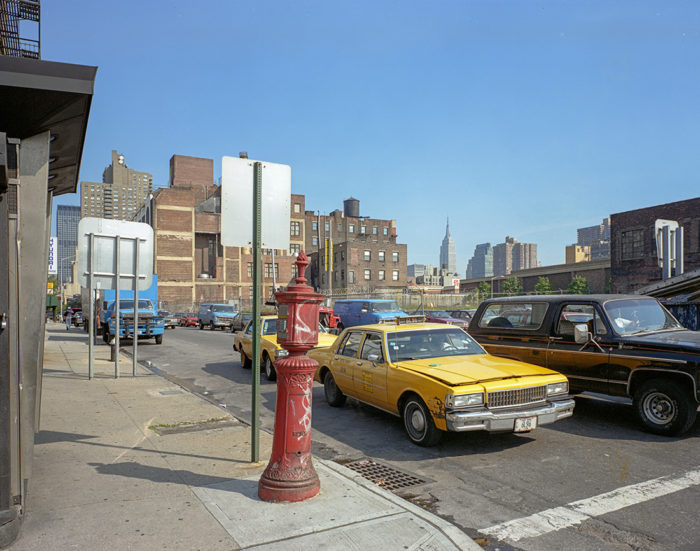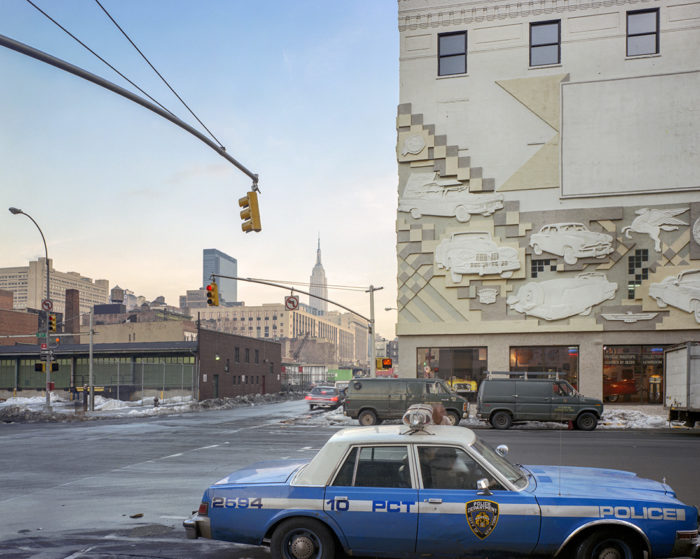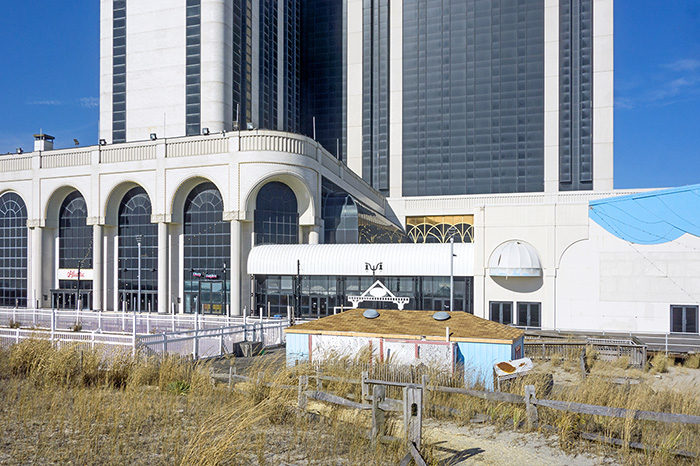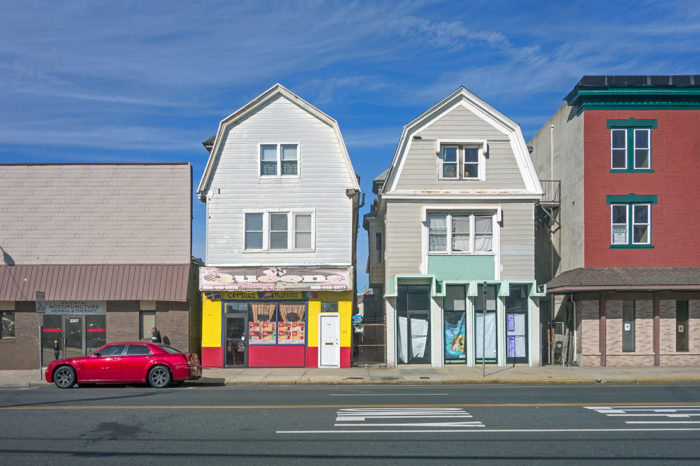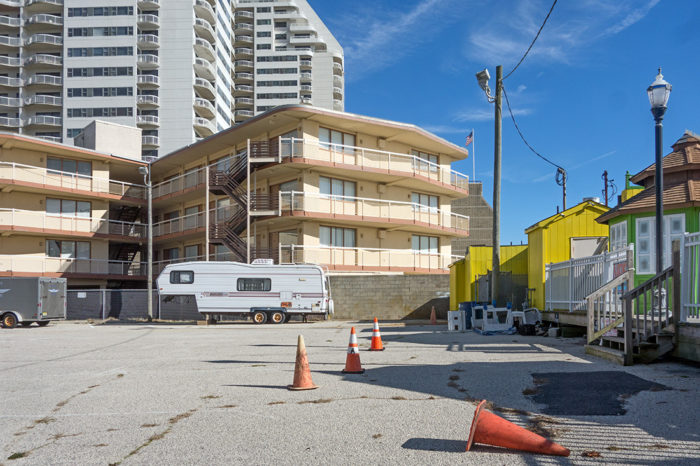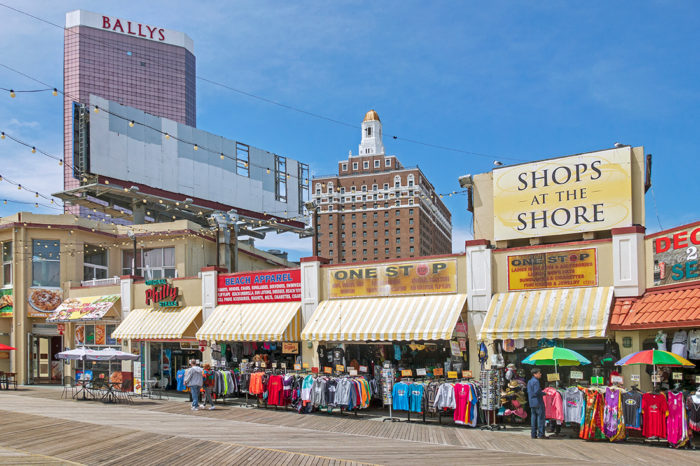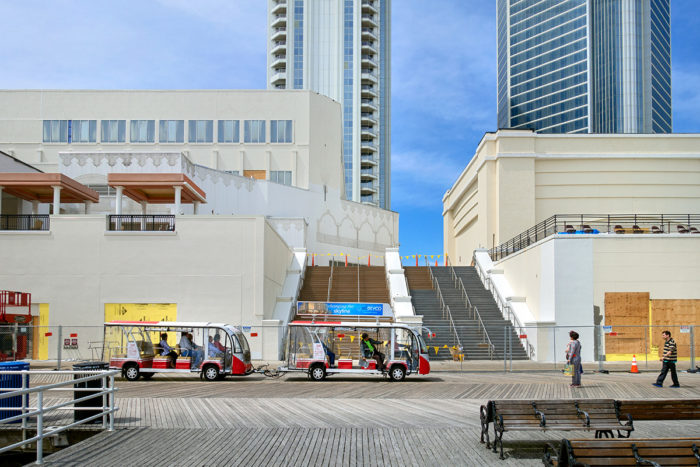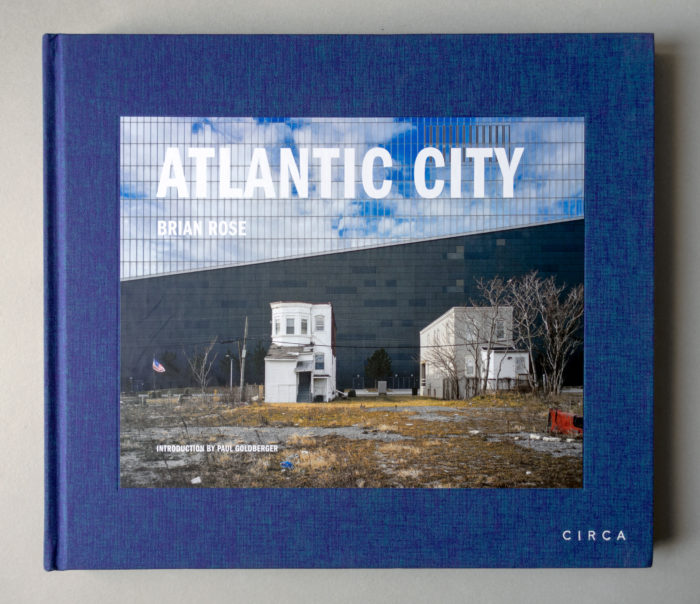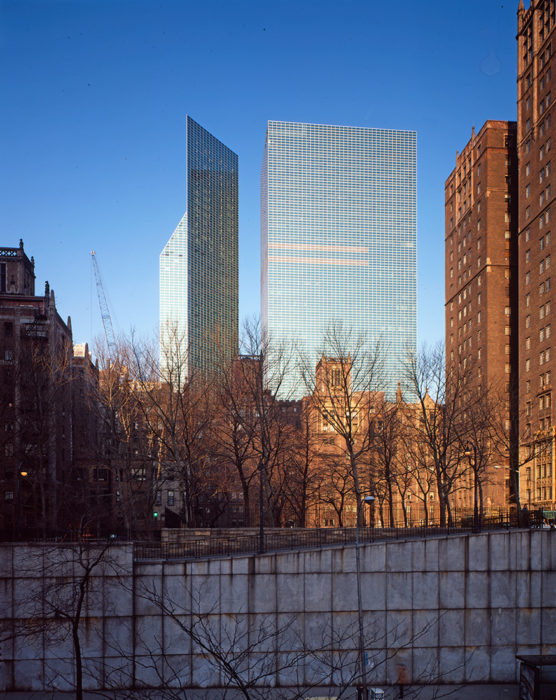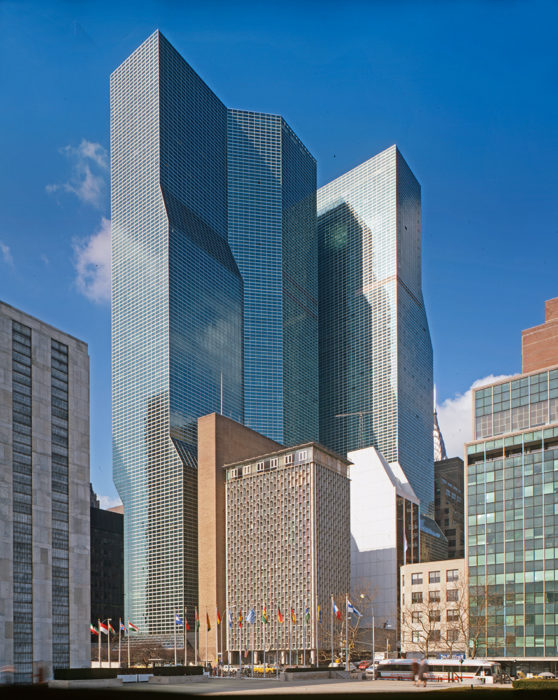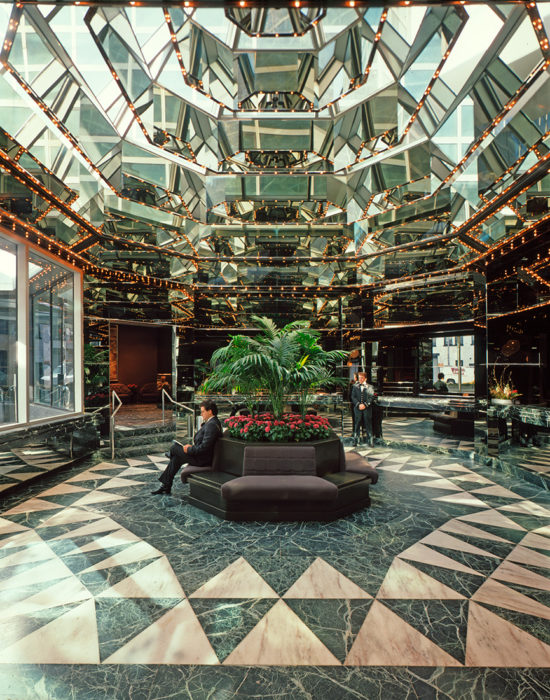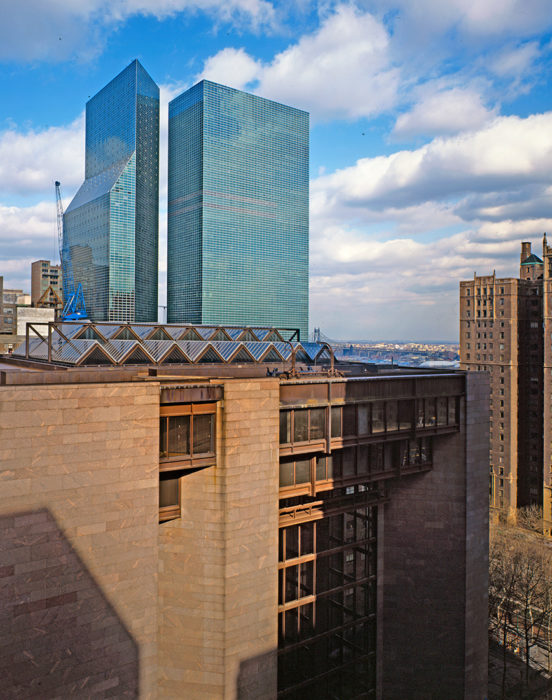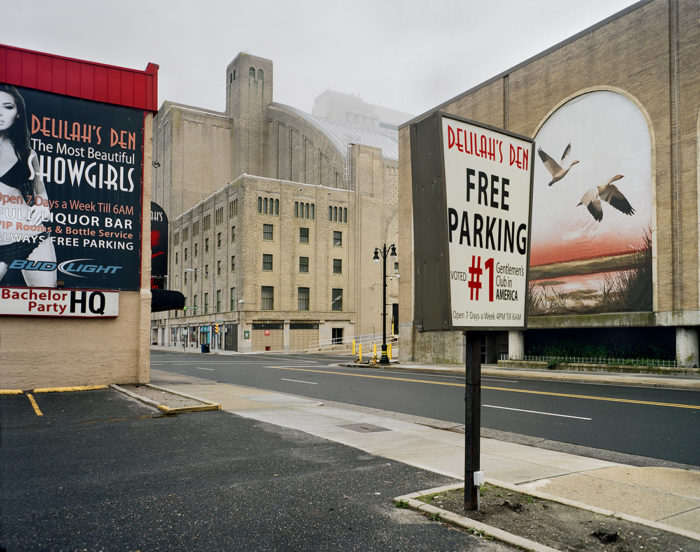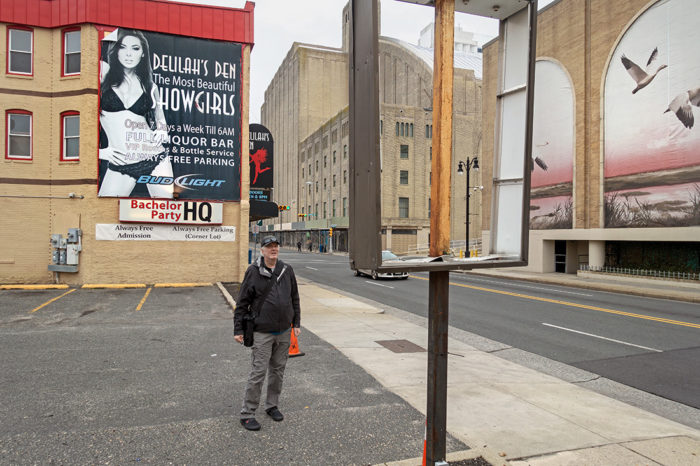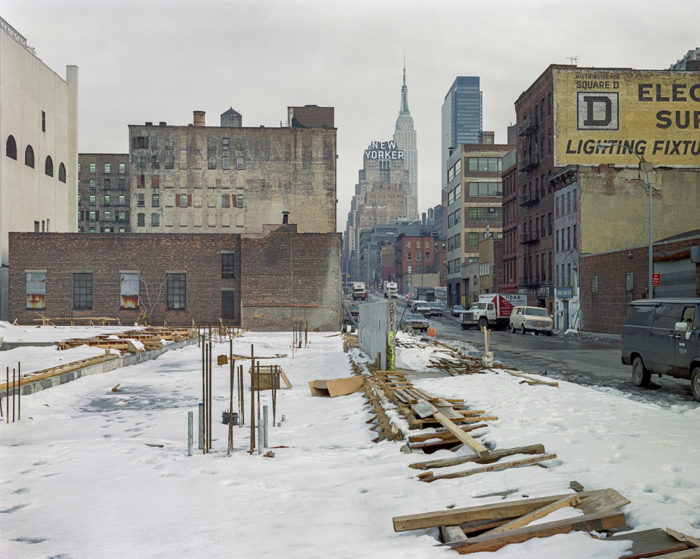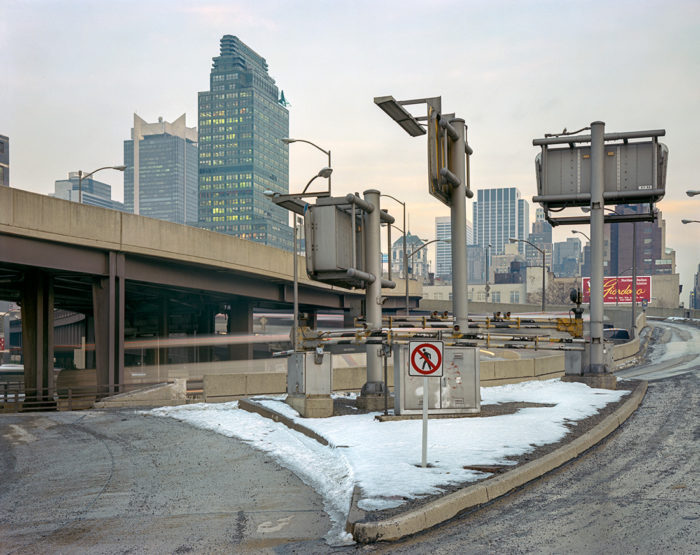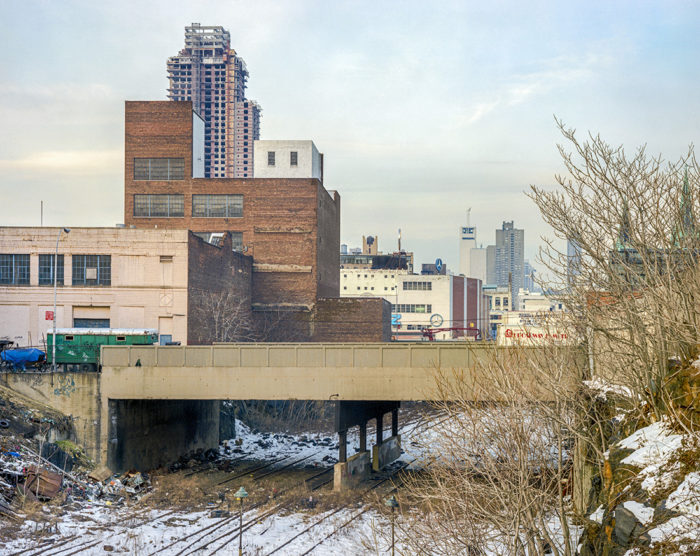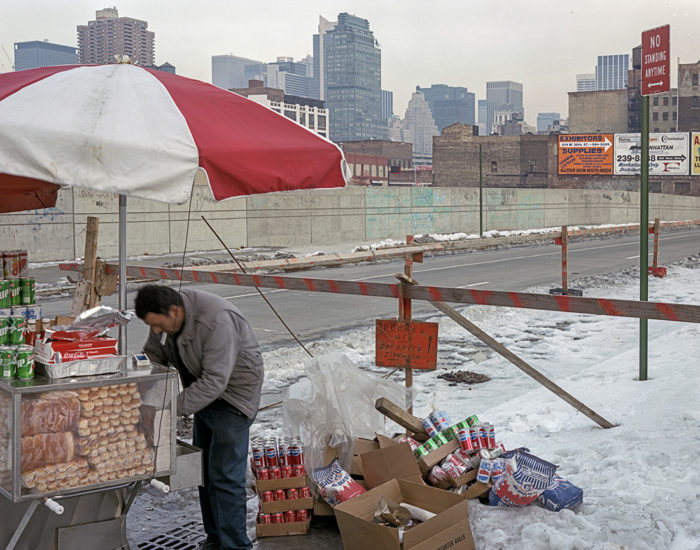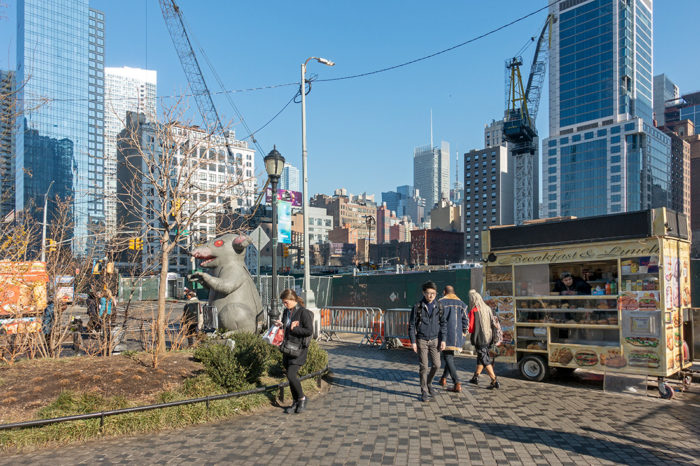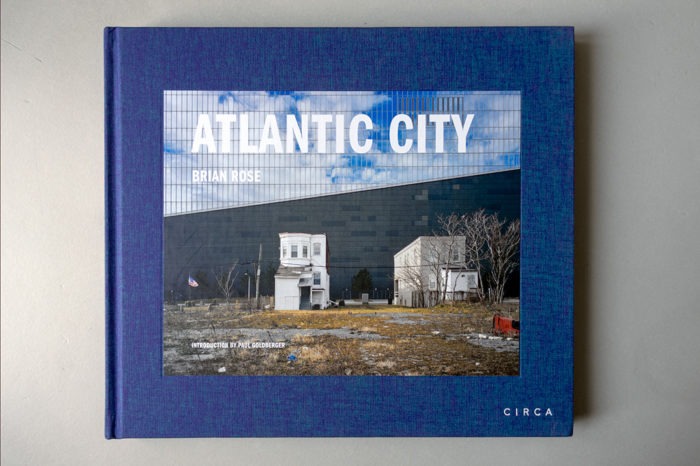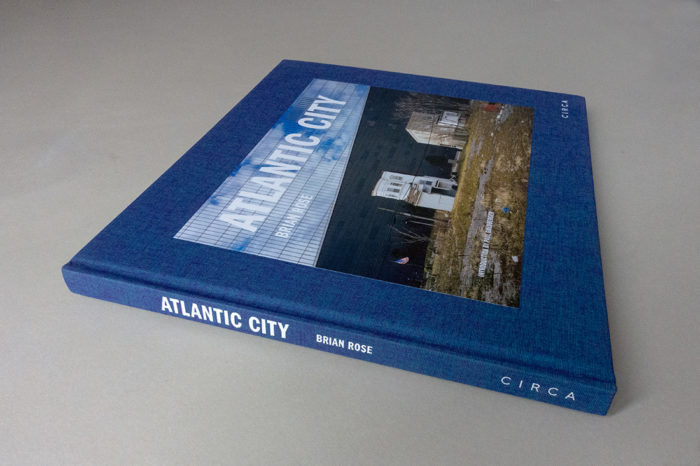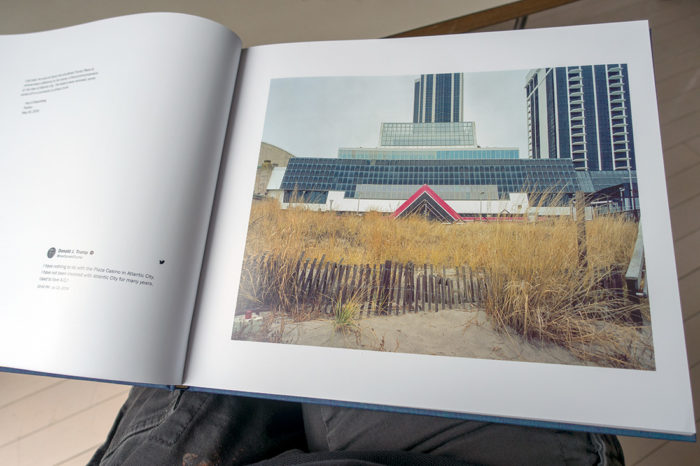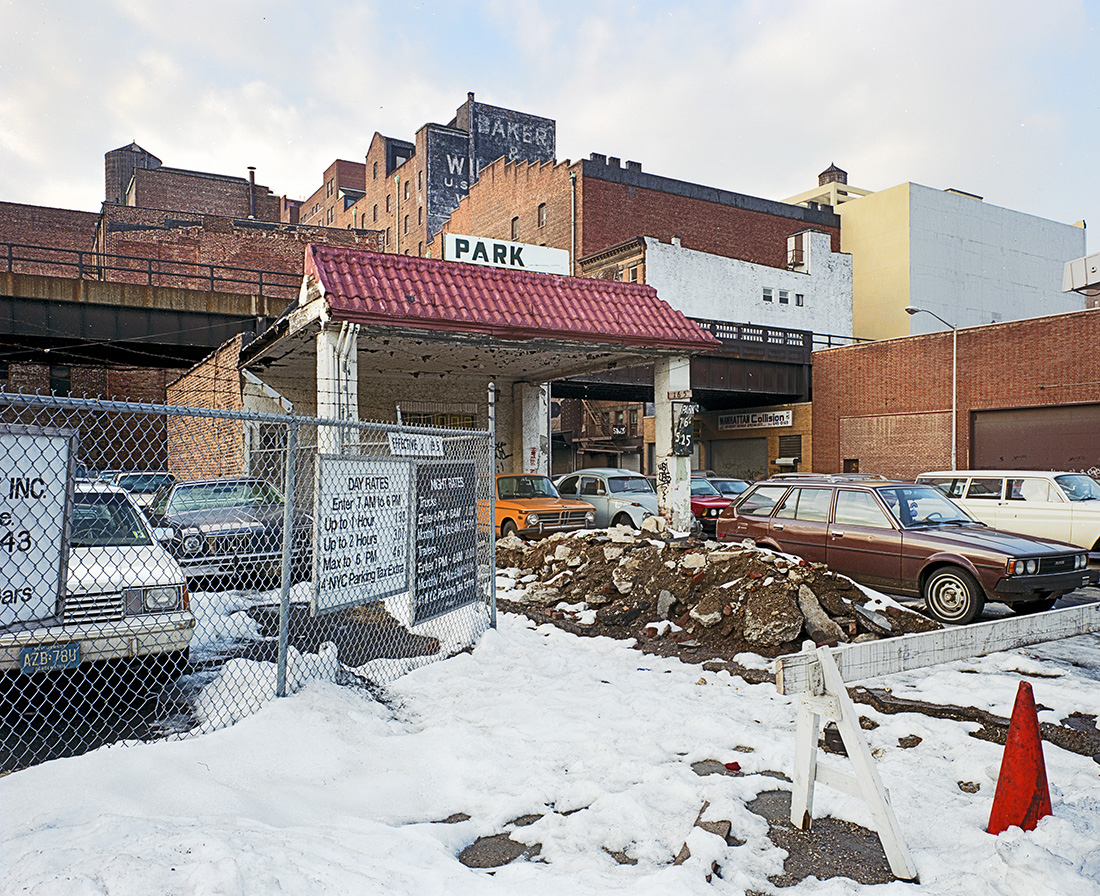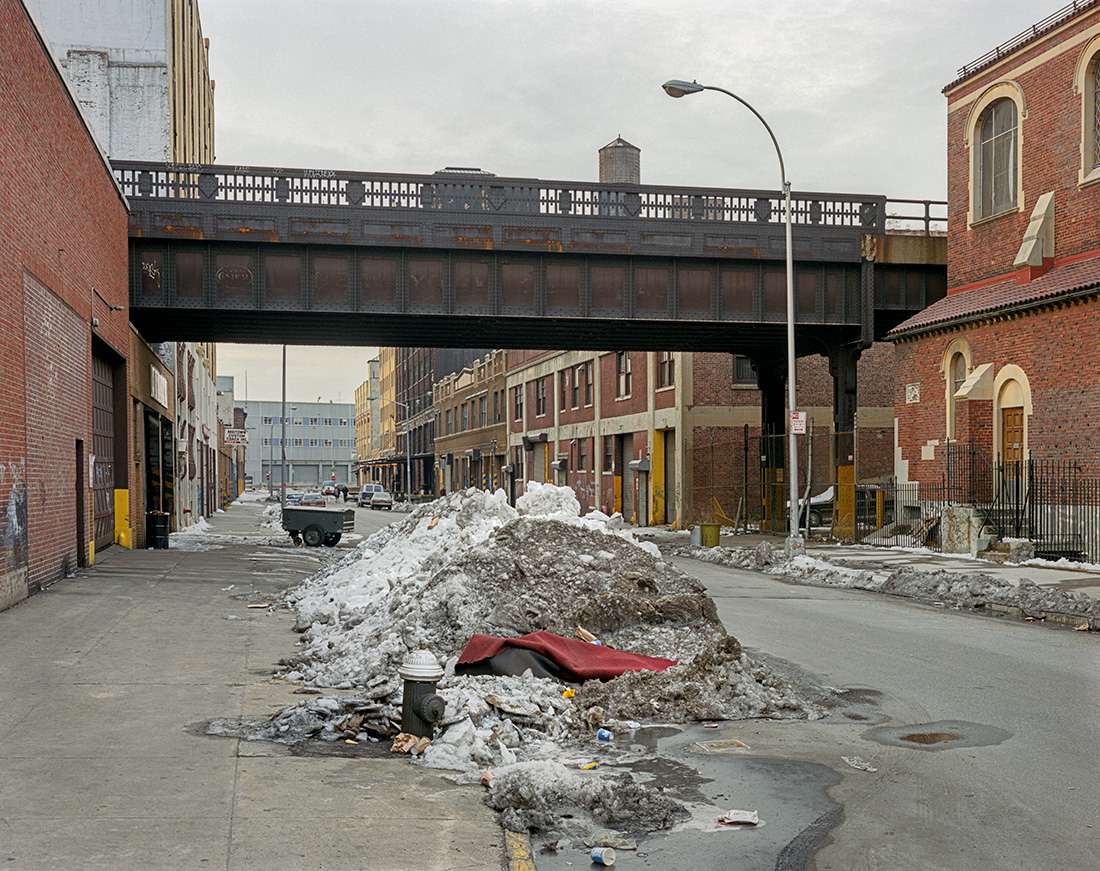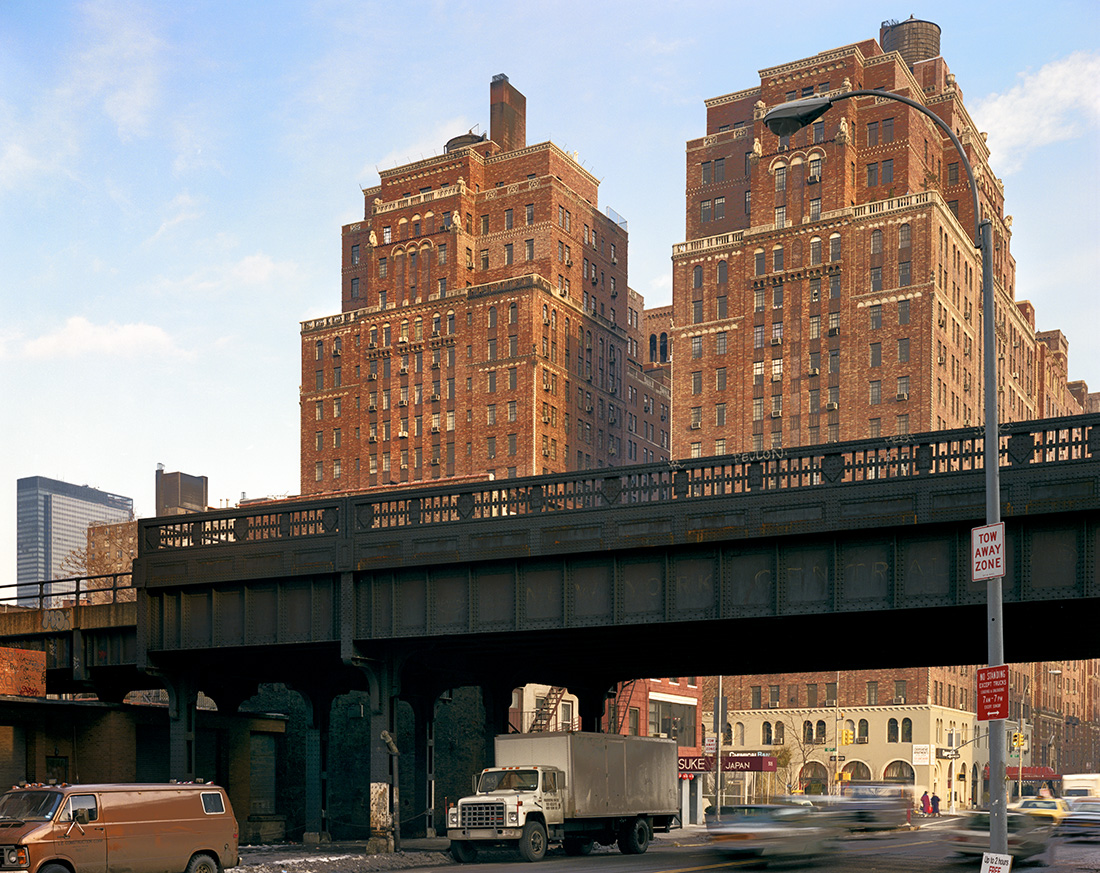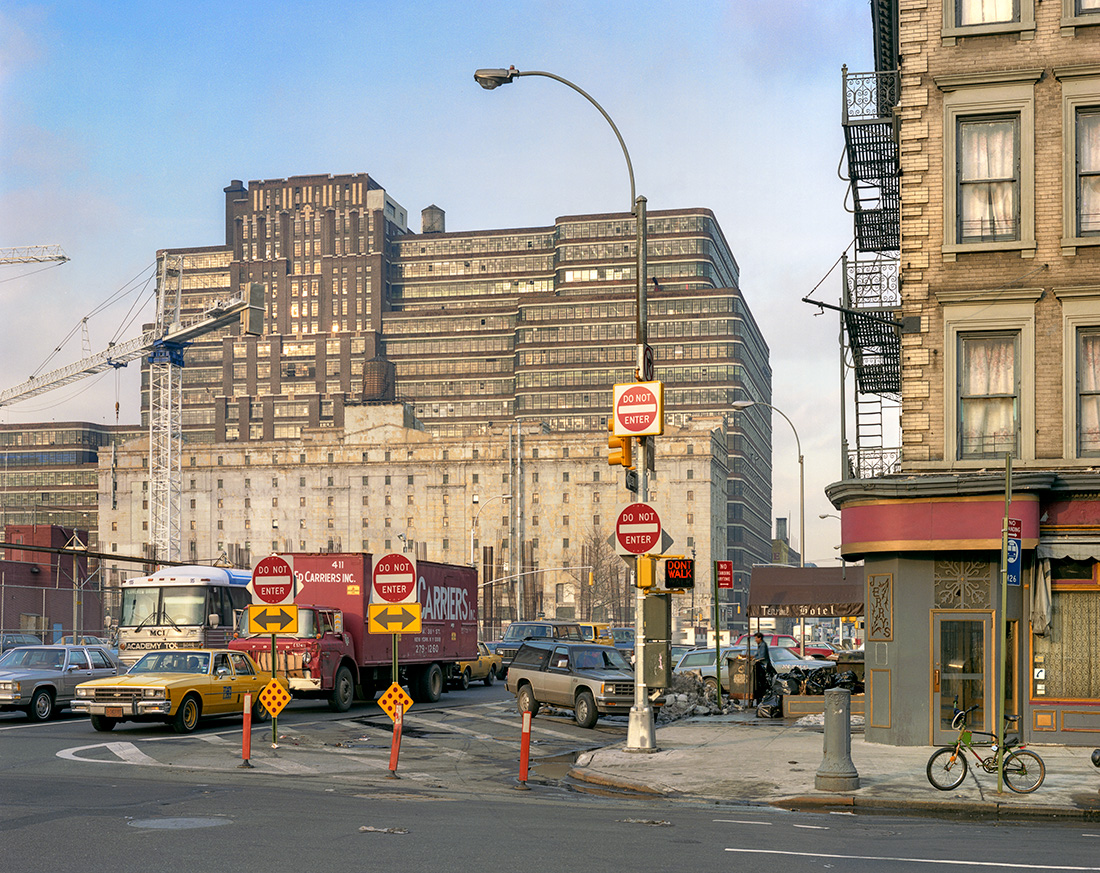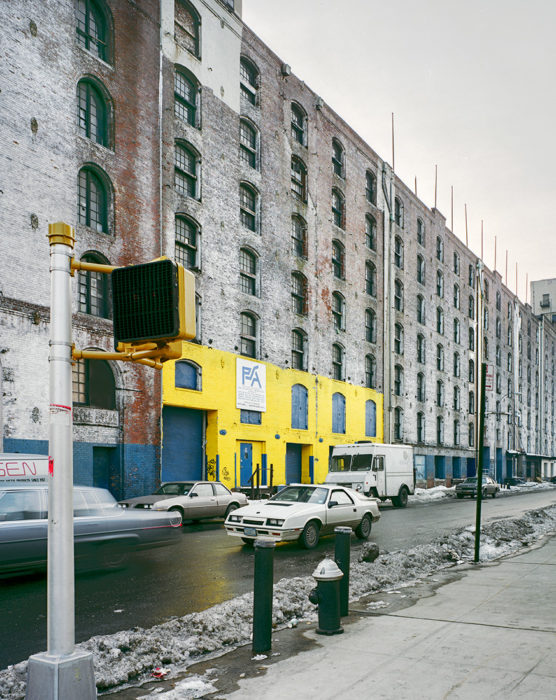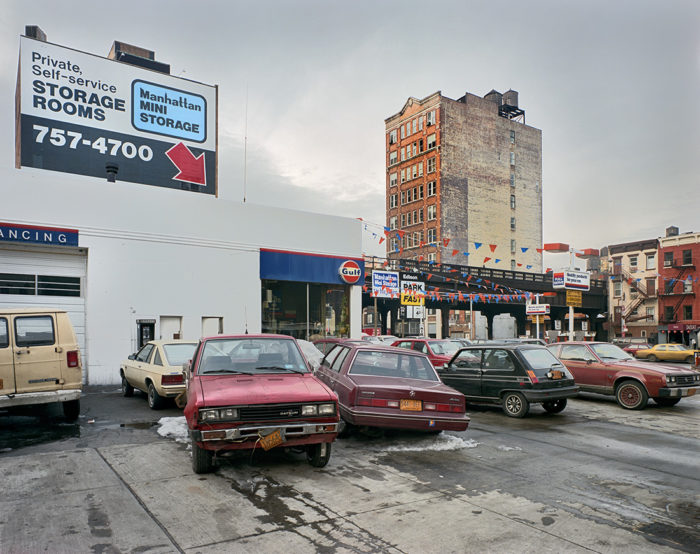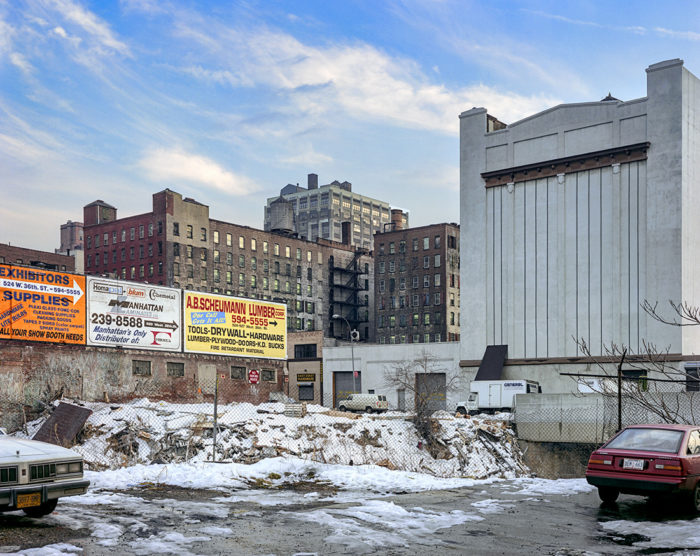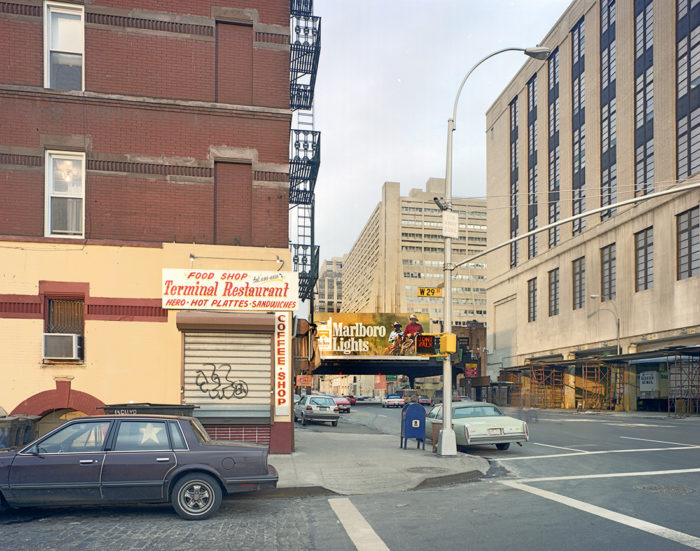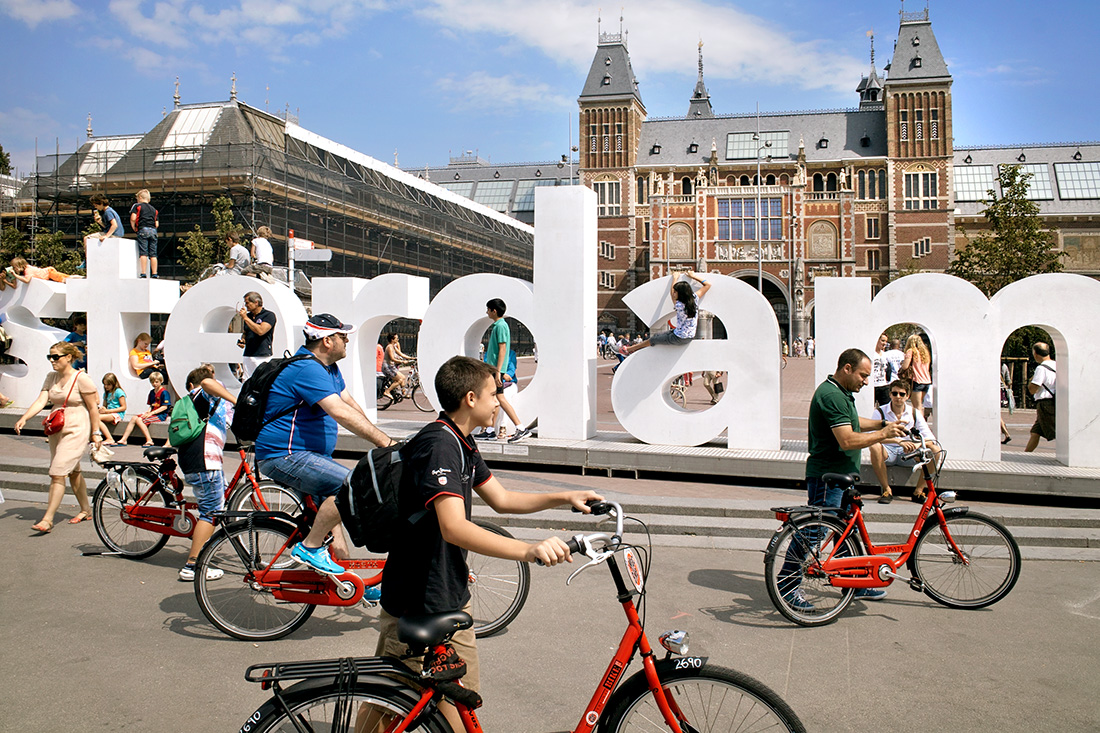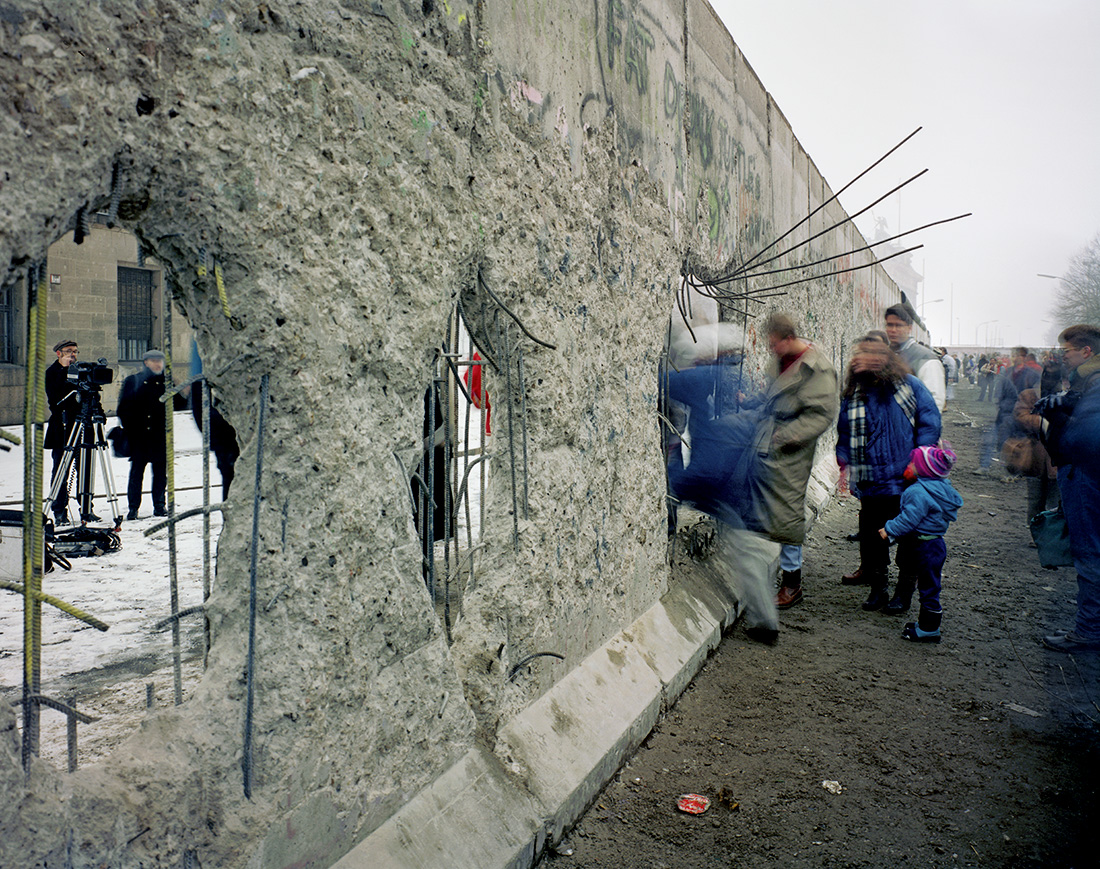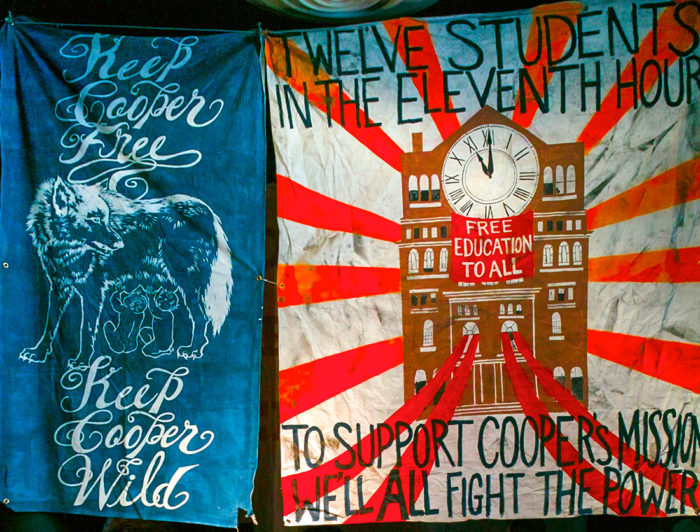
© Brian Rose
SECOND UPDATE BELOW
MAJOR UPDATE BELOW
I did not know until a few days ago that Mark Epstein, former chairman of the Cooper Union board of trustees, is the brother of Jeffrey Epstein, the convicted pedophile, who was arrested by the FBI on Saturday. I also did not know that Jeffrey attended Cooper for two years, studied math and science – I assume admitted to the engineering school – and dropped out in 1971. (I’ve been told that he may have been in the physics degree program.)
Mark also attended Cooper in the art school graduating in 1976 just before I got there in 1977. I knew that Mark was in NYC real estate, owning buildings in Hudson Square and elsewhere. What I found out today was that he owns a building on the Upper East Side that is connected to his brother Jeffrey’s activities.
Mark Epstein was one of the key villains of Cooper Union’s recent history. As Felix Salmon wrote in Reuters in 2013: “Epstein… was intimately involved in most of Cooper Union’s worst decisions,” the most major of which was the $175 million mortgage to build the New Academic Building, a move that almost bankrupted the school, necessitating the imposition of tuition for the first time since its founding by Peter Cooper in 1859. He then publicly blamed the alumni for not doing enough, comparing Cooper’s alumni giving numbers unfavorably with Princeton University, an institution of vastly different scale and purpose.
I became involved with the Cooper Union alumni association at that time and wrote frequently on my blog and on Facebook about the existential crisis consuming the school. At one point, I received an anonymous comment on my blog from an individual who noted that many of the most vocal critics of the board and administration had not previously been financial supporters of the school. Suggesting that we had no business complaining. With a little internet sleuthing I was able to trace the comment to Mark Epstein. So, the chairman of the board of trustees was anonymously trolling an outspoken alumnus. Epstein’s pettiness was a minor event, but indicative of a downward spiral that eventually led to the alumni association being kicked off the campus by school president Jamshed Bharucha.
The Bharucha/Epstein reign of terror was short lived, however. There were student protests, a lawsuit, the intercession of the state Attorney General, and as a result, Bharucha, Epstein and other board members left the school under a cloud of opprobrium. Things have turned around positively at Cooper since their departure with the college now looking to a return to free tuition in the foreseeable future, and I hadn’t heard Mark Epstein’s name in a long time.
Until yesterday’s Crain’s business magazine. The article by Will Bredderman begins, “The epicenter of the scandal engulfing wealthy pedophile Jeffrey Epstein is his mansion on East 71st Street, but real estate records show he also has been involved in his billionaire neighbor’s house and another East Side property belonging to his brother.” It gets complicated, but it appears that the company set up as owner of Jeffrey’s mansion has its mailing address in a building owned by his brother Mark.
The article continues: “On the deed, the Nine East 71st Street Corp. listed as its address unit 10F at 301 E. 66th St. Both the unit and the building, records show, belong to 301/66 Owners Corp, an affiliate of Ossa Properties—the real estate company belonging to Mark Epstein, formerly the board chairman at Cooper Union. Numerous news reports have identified Mark as Jeffrey Epstein’s brother, including a 2009 New York Post article that quoted an attorney for several of the underage girls who accused the financier of sexual assault. The lawyer, Brad Edwards, asserted at the time that Jeffrey Epstein had rented apartments at 301 E. 66th St. for the accusers.”
In other words, as this article and the Post article suggest, the two brothers may have colluded in providing housing for underage girls who were part of Jeffrey’s horrific rape and sex trafficking scheme. The Post article from 2009 quotes Jeffrey’s lawyer saying, “Jeffrey rents several apartments there where he keeps his girls, alleged models for the MC2 agency he owns,” Edwards said. “But Mark acts like he doesn’t even know his brother. He was extremely angry and rude and cursed me out.”
That same year — 2009 — Mark Epstein was named chairman of the Cooper Union board of trustees. In 2013 at the end of his term, Epstein was granted the honorific Chairman Emeritus. He continued as a board member until his resignation in 2015 when the Attorney General imposed a settlement stemming from the lawsuit brought against the board by students, faculty, and alumni.
Given the rebirth of Cooper Union since that time, it is unfortunate that the school is now tainted by an association with the Epstein brothers. But the stench of the Epstein scandal has seeped into our body politic, and while the full extent of the rot remains unknown, it is embodied no less than by the pestilent figure now occupying the White House.
UPDATE
An article in the NY Times in 1993 mentions Ossa Properties and two partners in the firm, Jonathan and Anthony Barrett. There is no mention in the article of Mark Epstein, but Epstein’s LinkedIn page indicates that he was owner of Ossa from 1992 to the present. In a 2004 document related to the Harlem Charter School Barrett is listed as a proposed trustee of the school, and his bio states the following:
“…he spent four years at NYC based investment management firm, J Epstein & Co. (Wexner Investment Company) and Ossa Properties, an affiliated NYC real estate investment company.”
There it is. Wexner was Jeffrey Epstein’s principle client — or only known client. Ossa, Mark’s company, was affiliated with Wexner/Jeffrey. That’s where his money came from.
Cooper Union should have known this.
SECOND UPDATE
Business Insider has dug further into the relationship between the Epstein brothers, and I know that the Wall Street Journal is working on this story as well. So, stay tuned for that. As I suspected, Mark Epstein’s real estate empire was acquired with money from Jeffrey, and circumstantial evidence points to Mark being aware of, and possibly working with his brother, in the phony modeling agencies set up to procure young women and girls.
According to Business Insider “…records show at least two 1991 filings where Ossa’s (Mark’s real estate company) address is listed as “475 Madison Avenue” — the home of J. Epstein & Co. and a charitable foundation named “Epstein Interests.” It’s also the same office where Jeffrey Epstein’s attorney, Darren Indyke, first registered a company called E Management. According to court documents, E Management was operated by Brunel, the owner of MC2.” MC2 is the modeling agency alleged to have been a source of young girls for Jeffrey Epstein.
Business Insider quotes a classmate of Jeffrey Epstein in the book “Filthy Rich” by James Patterson that “He was a diamond in the rough, you see,” Gary Grossberg told Patterson. “People recognized Jeffrey’s brilliance very early on. But he had a gift for recognizing opportunities very quickly. He started buying properties in Manhattan, including 301 East 66th St. He asked his brother — did Mark want to join him? He did.”
More will come out.
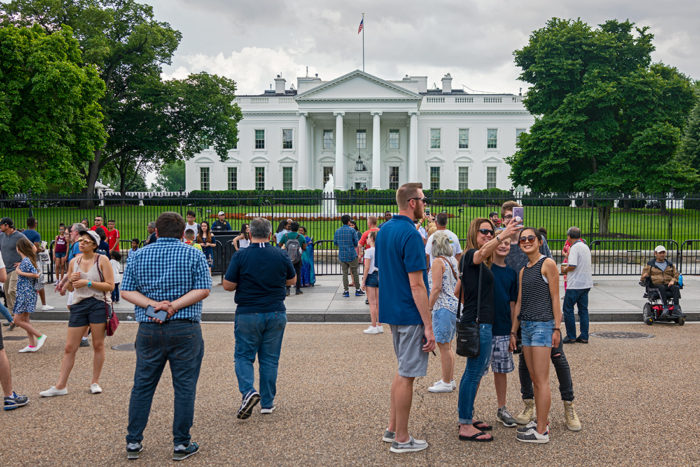
© Brian Rose
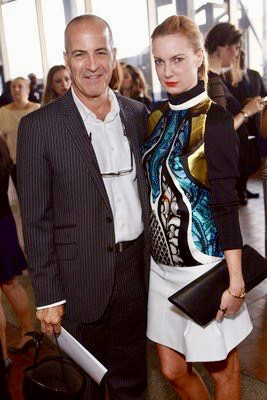
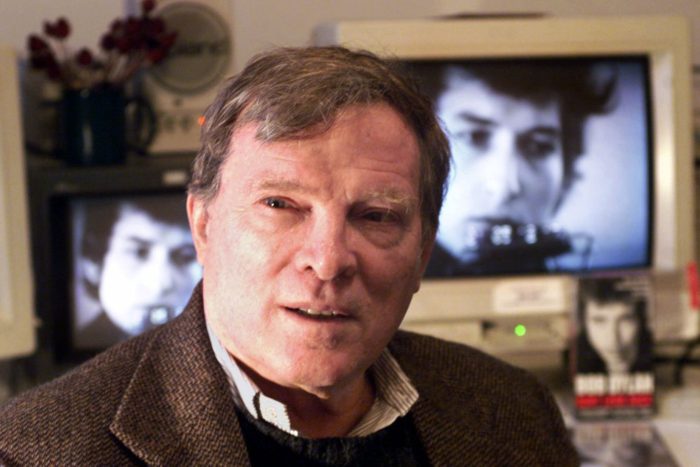
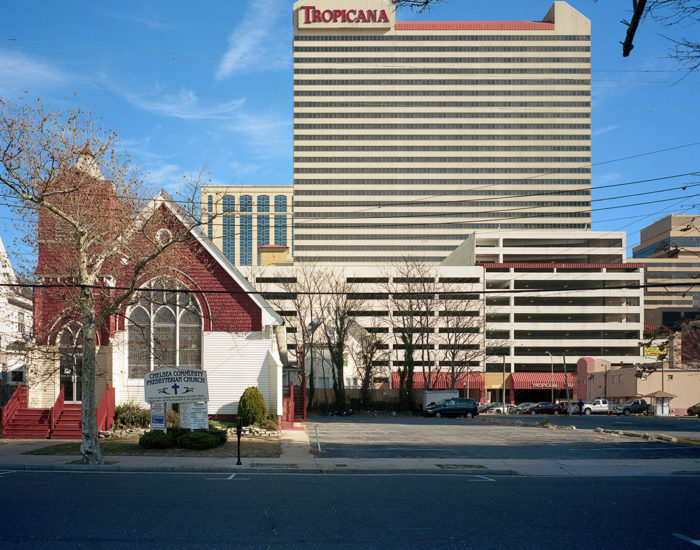


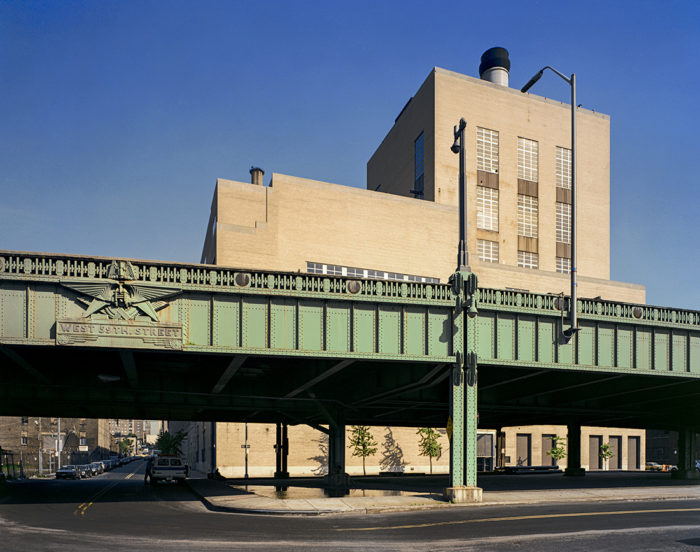
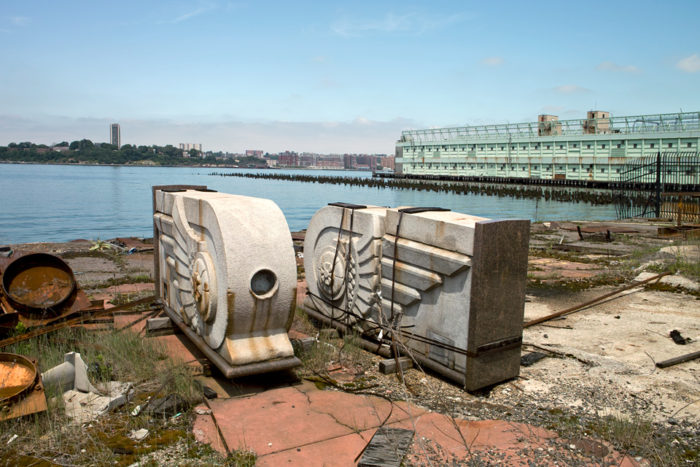
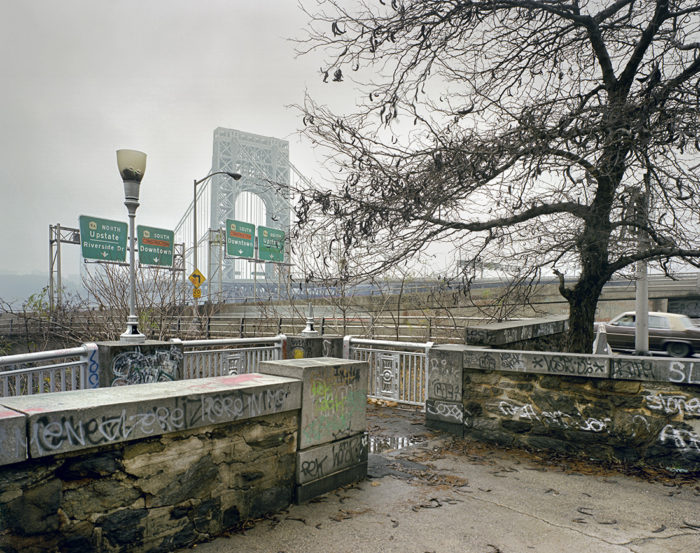
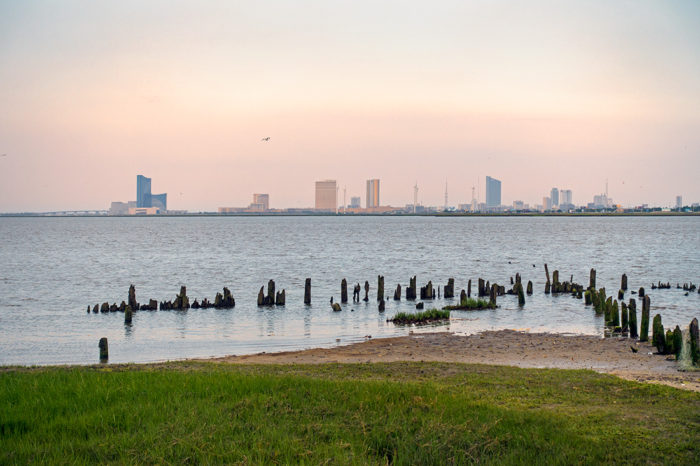
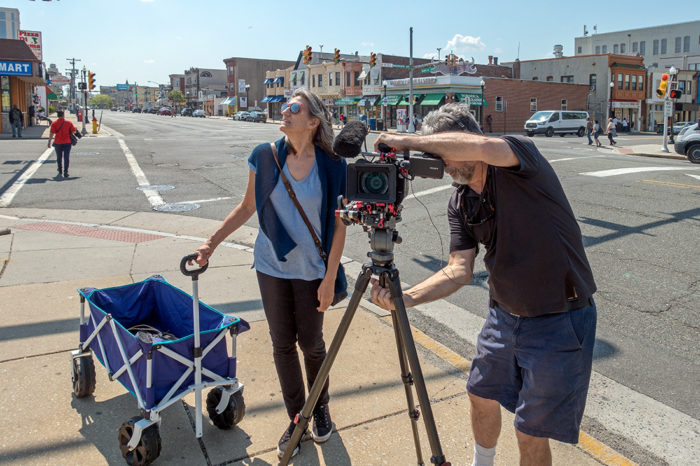
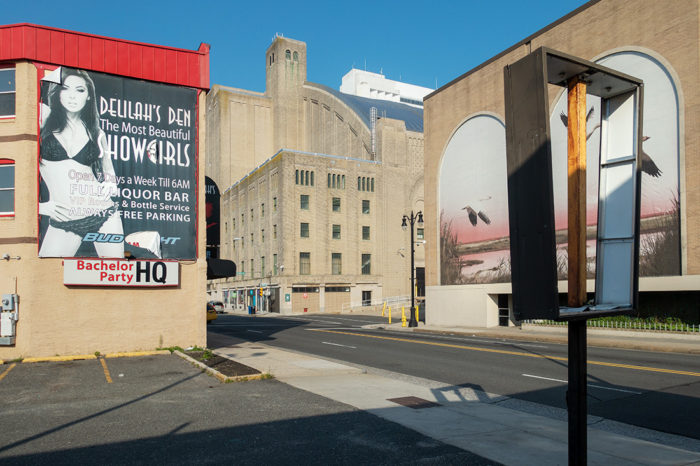
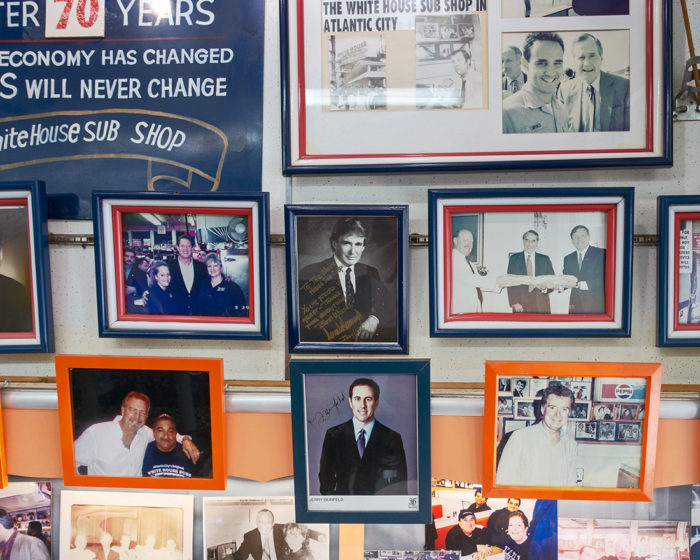
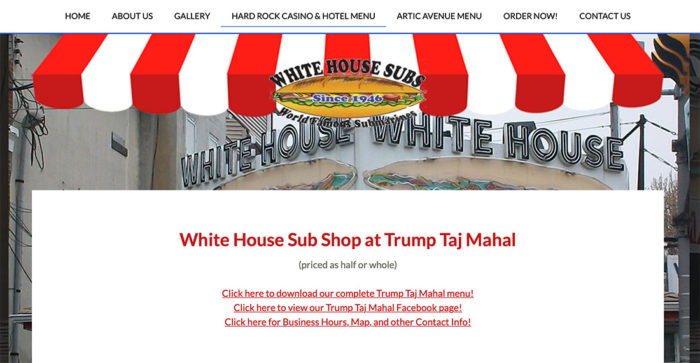
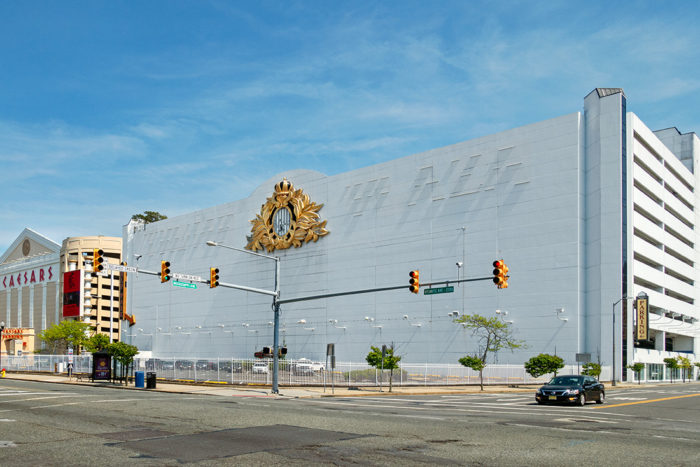
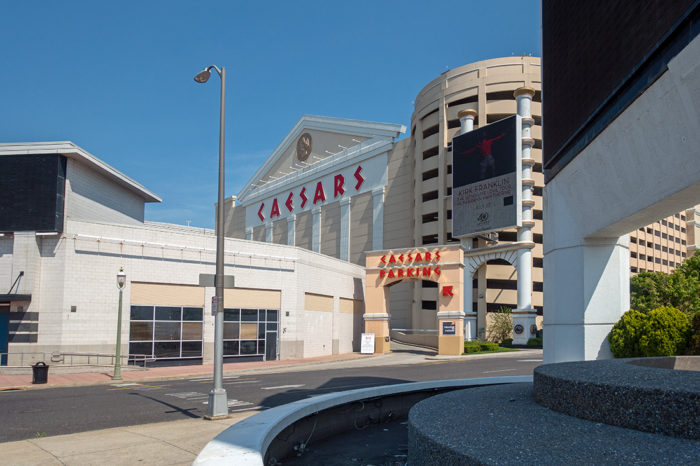
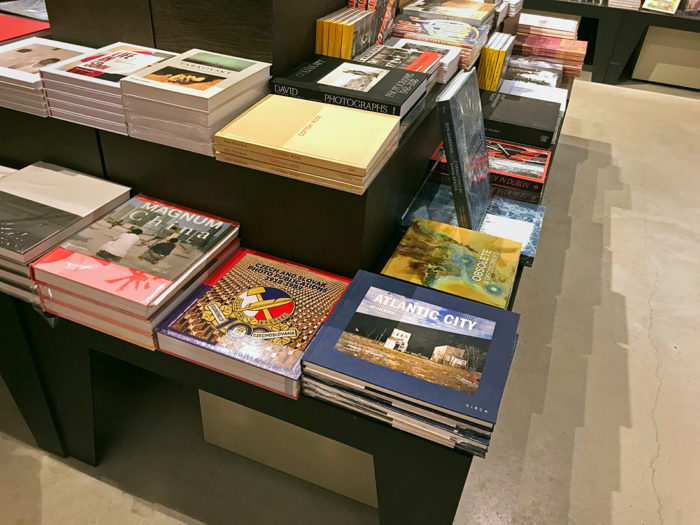




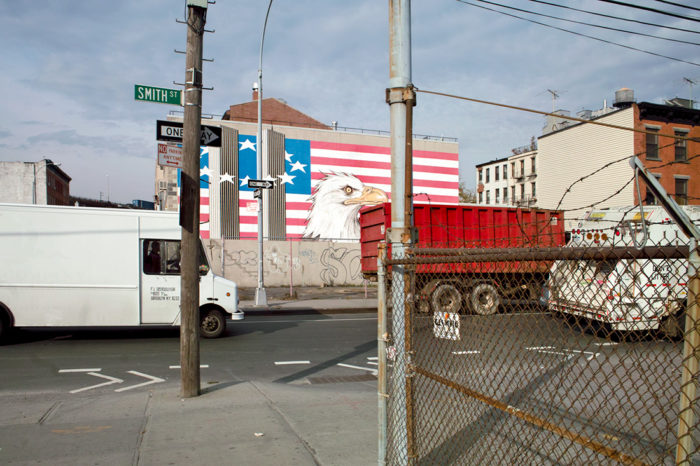 Smith Street, Brooklyn — © Brian Rose
Smith Street, Brooklyn — © Brian Rose